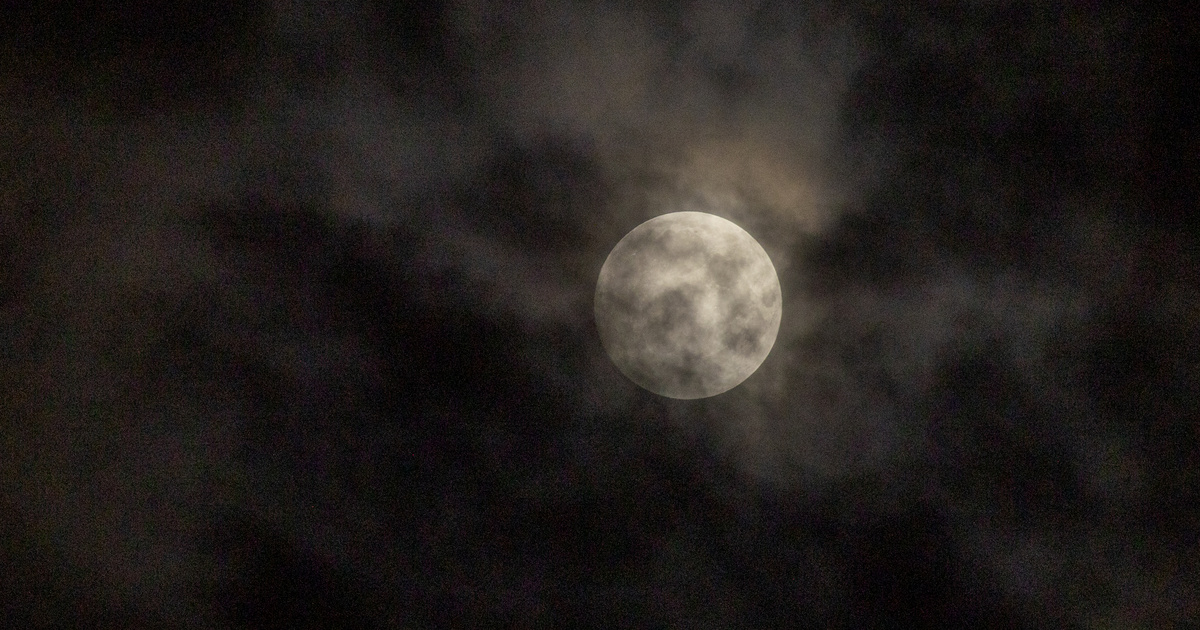According to researchers from UCLA, it is stable at 17 degrees in some areas.
There are more than 200 craters on the moon’s surface, which were actually recorded in 2009 by NASA’s Lunar Reconnaissance Orbiter (LRO).
Tyler Horvath, UCLA PhD student and research leader to me Some of the more than 200 craters discovered may have formed from solidified lava flows. According to scientists, ancient lava flows were caused by meteor impacts, which could have formed craters when molten rock cooled and solidified. The outer layer likely solidified earlier than the inner layer, so lava channels were formed. Due to further meteor impacts, the surfaces of the channels may have collapsed, creating craters on the moon’s surface that lead to caves.
heat stroke or hibernation
The temperature on the Moon can fluctuate between 126 degrees Celsius during the day and minus 130 degrees Celsius at night, but it has long been assumed that the temperature of the craters is more favorable due to its protection. Details have just been revealed.
According to a new discovery made by planetary scientists at the University of California, Los Angeles, the temperature of the lava channels has been constant at around 17 degrees day and night. We can live on this. Additionally, shaded areas of craters can provide protection against solar radiation, cosmic rays, and micrometeorites.
Using images from NASA’s Diviner Lunar Radiometer experiment to determine the moon’s craters and surface temperature, the researchers focused on an area the size of a football field called the Sea of Tranquility along one stretch of the moon. It is a huge igneous rocky plain on the Earth-facing side of the Moon. Thermal properties of rocks and dust have been studied by modeling. Seeing the results, David Page, an expert at the University of Colorado at Boulder, said:
Humans evolved as they lived in caves, and we can go back to caves on the moon.
According to the researchers, this discovery could change the future of lunar exploration.
(Cover photo: Allen J. Schaben/Los Angeles Times/Getty Images)












































